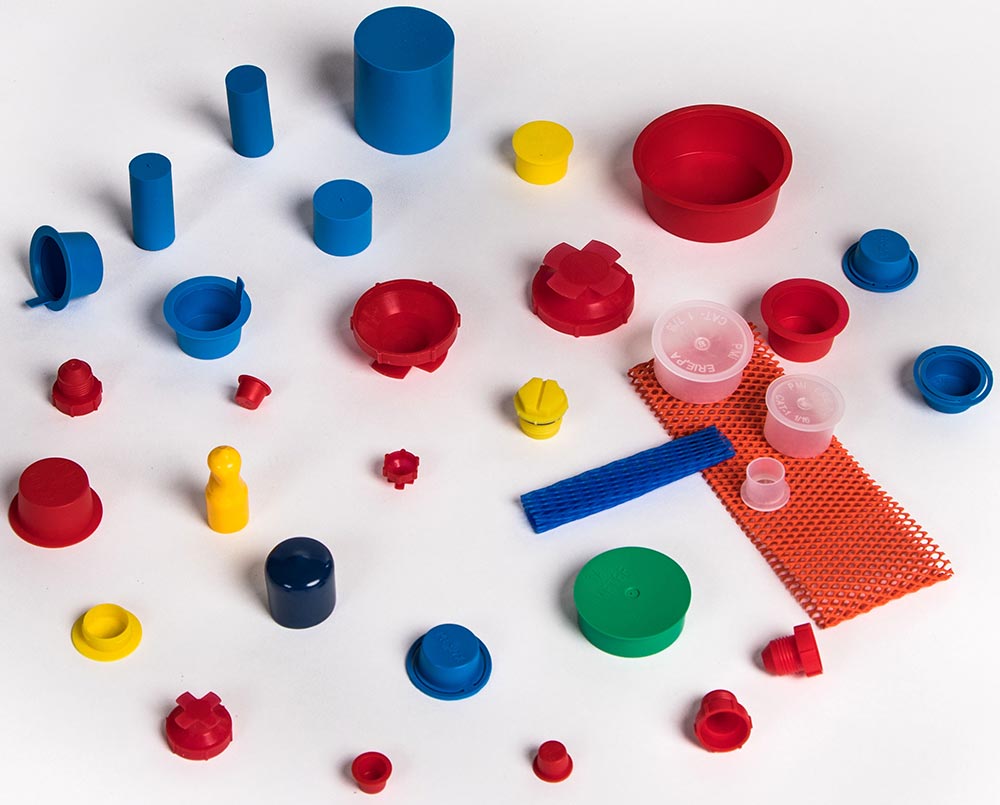News & Events


Injection Molding Terminology: What Are Knit Lines?
Injection molding is a manufacturing process for producing everything from car parts to consumer electronics. However, the occasional caveat may lead to instances of knit lines. Explore this injection molding terminology and the strategies manufacturers use for managing them.
What Are Knit Lines in Injection Molding?
Knit lines occur when two or more flow fronts of molten plastic meet during injection molding. This leads to a visible line or seam on the finished product. While they might seem trivial, knit lines affect the product’s structural integrity and aesthetic quality. Understanding and mitigating knit lines is crucial for a product’s performance and appearance.
How Do Knit Lines Form?
Knit lines form due to variations in temperature, pressure, and flow speed within the injection mold. When the molten plastic flows around obstacles like cores or inserts, the separate flow fronts eventually converge and create a knit line. Its presence has many effects on a product, such as undesirable results in its usefulness.
Their Impact on Product Quality
Knit lines compromise the aesthetic and functional quality of a product. In terms of aesthetics, visible knit lines may render a product less appealing to consumers.
Functionally, these lines may represent a weak spot in the material, which leads to premature failure under stress. Minimizing knit lines is essential for maintaining high product quality standards in industries like automotive and aerospace.
Strategies for Minimizing Knit Lines
Manufacturers use several strategies to minimize or eliminate knit lines in injection molding. Adjusting the mold design for even flow reduces the occurrence of knit lines. Optimizing the injection speed and temperature settings also helps to achieve a uniform flow.
Additionally, using materials with good flow characteristics makes a difference. Implementing these strategies requires a thorough understanding of the injection molding process and attention to detail.
Products That Should Not Have Knit Lines
Many plastic products in different industries benefit from the avoidance of knit lines. Tattoo ink cup holders need a smooth and consistent surface for the sake of hygiene and ease of use. Medical devices must adhere to stringent safety standards and require flawless surfaces to function correctly and safely.
Similarly, precision automotive parts need to be free from weak points like knit lines to maintain durability and reliability for vehicle performance and safety. In these applications, even minor imperfections lead to significant functional issues, emphasizing the importance of knit line management in the injection molding process.
Understanding injection molding terminology like knit lines is vital for improving product design and manufacturing processes. These seemingly minor details have significant implications for product quality and performance. Manufacturers can achieve superior outcomes by focusing on strategies to minimize knit lines and ensuring their products meet high standards.

